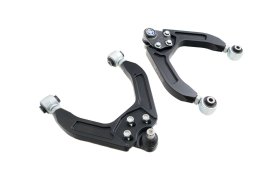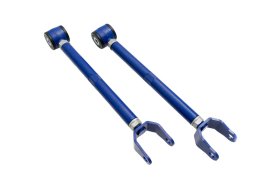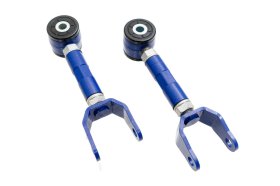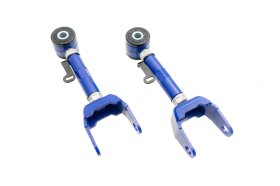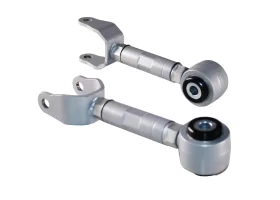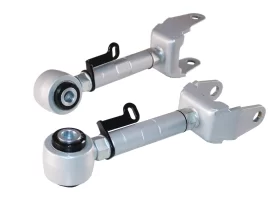Control Arms
Underneath the sleek exterior of a vehicle lies a complex network of components working in harmony to provide a smooth and controlled ride. Among these components, control arms emerge as crucial elements responsible for dictating the behavior of the wheels and the overall stability of the vehicle.
Upper Control Arms: These are usually shorter and positioned above the lower control arms. Upper control arms help control the vertical movement of the suspension and maintain proper camber alignment.
Lower Control Arms: Longer and positioned below the upper control arms, the lower control arms play a pivotal role in supporting the weight of the vehicle while also helping to control the suspension geometry and wheel movement.
Wheel Movement Control: Control arms provide the necessary pivoting points that allow the wheels to move up and down as the suspension reacts to road imperfections. This controlled movement helps maintain optimal tire contact with the road, enhancing traction and control.
Suspension Geometry: By controlling the angles and positions of the wheels, control arms influence essential suspension geometry factors such as camber, caster, and toe. Proper suspension geometry is vital for stable and predictable handling.
Impact Absorption: Control arms work in tandem with other suspension components to absorb shocks and vibrations from the road, contributing to a smoother and more comfortable ride for occupants.
Alignment Maintenance: The precise alignment of the wheels is critical for even tire wear and proper handling. Control arms play a significant role in maintaining the alignment settings of the wheels.


